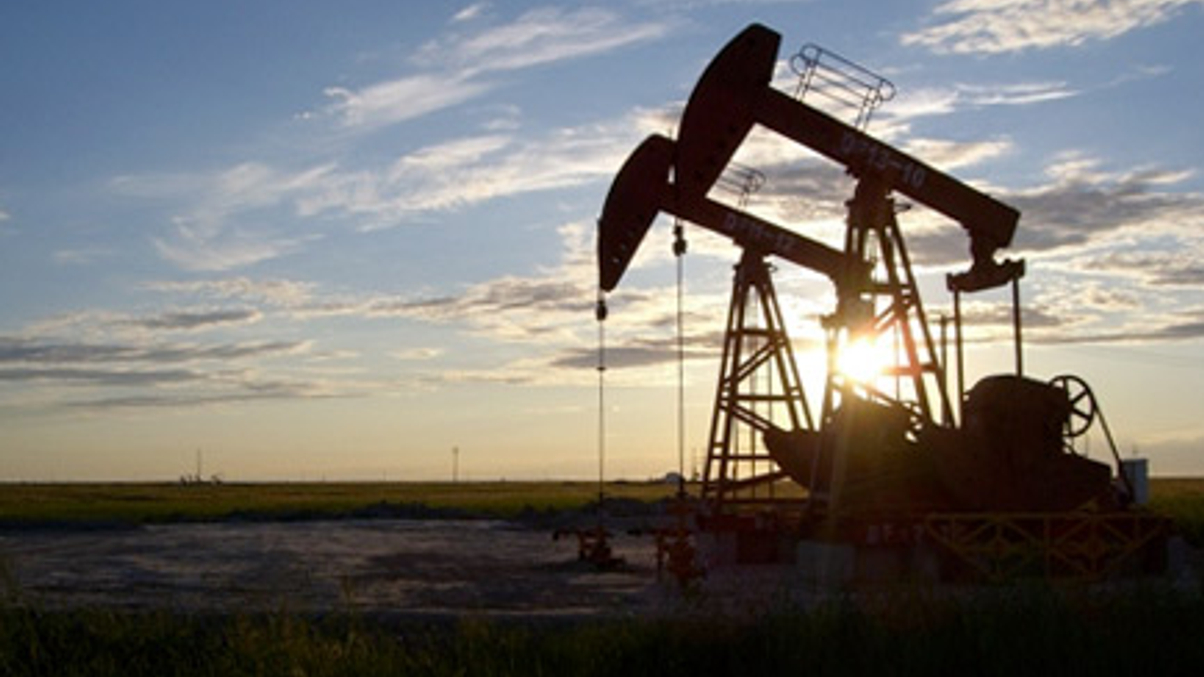Asian investors turning up the gas on fossil fuels
Asian investors are favouring engagement over divestment in their ESG journeys as fossil fuels show there's still plenty of power left in the sector.

Faced with the ESG onslaught, fossil fuel might be down but they're definitely not out in the emerging economies of the Asia Pacific where investors are seeing energy sector allocation to traditional fuels as a conduit to sustainable energy production.
Sign in to read on!
Registered users get 2 free articles in 30 days.
Subscribers have full unlimited access to AsianInvestor
Not signed up? New users get 2 free articles per month, plus a 7-day unlimited free trial.
¬ Haymarket Media Limited. All rights reserved.


